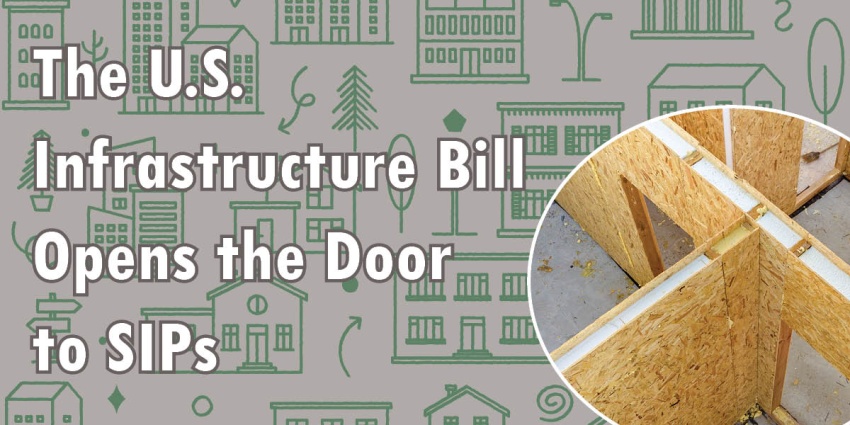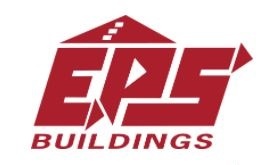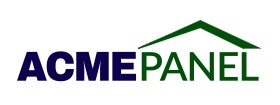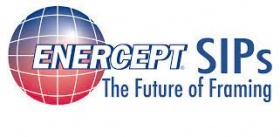
As many in the industry know, fall and winter are hectic building and design months. Projects are completed, new year projections are made, and various national and international conferences and awards are hosted or announced. Moving forward to 2022 is especially monumental with the passing of the infrastructure package in D.C.. Developing and growing the economy sustainably is a cornerstone objective to this bill, and the SIP building industry is poised to benefit from this climate-friendly agenda. The legislation is chocked-full of incentives for cities and local governments, acting as a medium for sustainable development, renovations and energy-efficient improvements to longstanding government buildings.[1]
Structural insulated panels (SIPs) are a low-embodied carbon building material and an ideal choice for these vast government-funded projects. The benefits to using SIPs are not solely in their sustainability qualities. As an offsite construction method, SIPs require less time and labor while exceeding building and energy code requirements. The result: high-performance structures that generations will enjoy.

The infrastructure bill has allocated $225 million in grants for building energy code implementation and training. Now is a great time to shift gears and educate employees using SIPA’s extensive online educational opportunities – all of which are AIA-accredited and completely free. The Building Education with SIPs Training (BEST) is also offered by the Department of Labor and the Energy and Environmental Building Alliance (EEBA).[2]
This past month SIPA published the latest Design Best Practices brochure detailing SIP roof and wall assemblies. For those beginning their journey with SIPs, start with the Designing with SIPs: Design Considerations brochure. The Design Best Practices series elaborates on the brochure’s ten topics, developing a technical, industry-standard handguide for design professionals. There are five Design Best Practices currently available for download.

After a year and a half of cross-industry collaboration, SIPA also updated and revised the SIPs Basic Connection Details resource. This popular download serving as the industry’s accepted minimum baseline includes 26 detailed illustrations of SIP connections and joints. All of SIPA’s publications can be downloaded for free by visiting the SIPA Store.
The built environment and climate change are interconnected realities. Building and design professionals have long been acutely aware of their responsibility to deliver safe and durable structures. Knowing that 40% of the world’s carbon emissions are contributed by buildings, however, significantly expands that responsibility. The weight of the industry’s environmental impact provides a pivotal opportunity to adapt to sustainable materials like SIPs, adopt energy-efficient practices, and shape the future of our world.[3]
Quick Links
Measure a Home by its Energy Performance
Designing with SIPs
Healthier Buildings with SIPs
[3] https://blueprintforbetter.org/articles/architectures-carbon-problem/
















